An effective oil spill kit is essential for managing spills and preventing environmental damage. Key components...
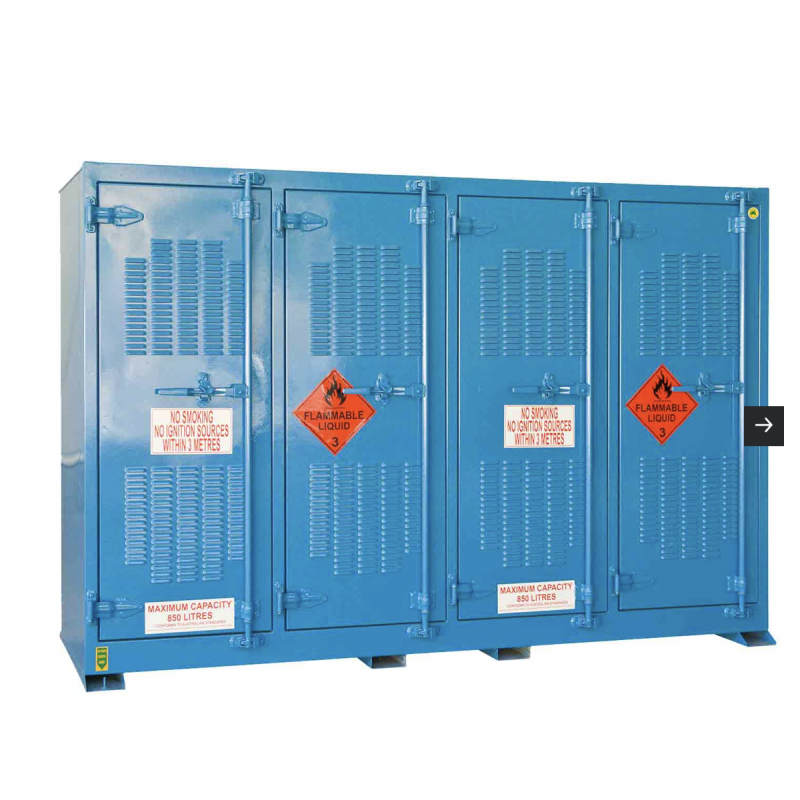
What are the Different Types of Dangerous Goods Storage Facilities?
In industries dealing with hazardous materials, the safe storage of dangerous goods is of utmost importance. Proper storage not only ensures the well-being of employees but also prevents potential harm to the environment and the surrounding community. This article provides the various types of dangerous goods storage facilities, highlighting their specific features and benefits.
1. Chemical Storage Cabinets:
Chemical storage cabinets are compact and convenient options for storing smaller quantities of dangerous goods. These units are designed to segregate different classes of chemicals and prevent cross-contamination. Equipped with ventilation and fire-resistant materials, they are suitable for workplaces with limited space. Cabinets often come with labelled compartments, aiding easy organisation and retrieval of chemicals.
2. Flammable Storage Cabinets:
Flammable storage cabinets are specialised cabinets designed to store flammable liquids and solids safely. These cabinets feature double-walled construction, fire-resistant insulation, and self-closing doors to contain potential fires and explosions. They provide a controlled environment to prevent ignition and protect both personnel and the workplace from harm.
3. Gas Cylinder Storage Cages:
For industries dealing with compressed gases, gas cylinder storage cages are essential. These cages securely store gas cylinders, preventing them from falling or tipping over. Proper ventilation is crucial to prevent gas buildup, and cages are often constructed with durable materials to withstand the pressure exerted by the stored cylinders.
4. Outdoor Dangerous Goods Stores:
For larger quantities of dangerous goods, outdoor storage facilities are employed. These stores are constructed to meet specific regulatory requirements and are designed to prevent spillage, leakage, and unauthorised access. They often include bunding or containment systems to contain spills and prevent environmental contamination.
5. Drum and IBC Storage Sheds:
For businesses dealing with bulk quantities of hazardous materials, drum and intermediate bulk container (IBC) storage sheds are essential. These sheds are designed to house larger containers and drums, protecting them from the elements and ensuring compliance with regulations. They often include spill containment measures to prevent environmental damage.
6. Corrosive Substance Storage Cabinets:
Corrosive substance storage cabinets are specifically designed to safely store corrosive chemicals. These cabinets feature chemical-resistant construction materials, spill containment shelves, and ventilation to prevent the release of harmful vapors.
Selecting the Right Storage Solution for Safety
The different types of dangerous goods storage facilities cater to various industries, quantities, and types of hazardous materials. The importance of selecting the appropriate storage solution cannot be overstated. Whether it's a flammable liquid storage cabinet, an outdoor dangerous goods storage container, or a corrosive substance storage cabinet, each facility plays a pivotal role in maintaining workplace safety, preventing environmental contamination, and adhering to regulatory requirements.
By understanding the unique characteristics of different hazardous materials and their specific storage needs, industries can make informed decisions to prioritise safety. The utilisation of the right dangerous goods storage facility not only safeguards personnel and the environment but also ensures compliance with safety standards, contributing to a secure and responsible workplace environment.


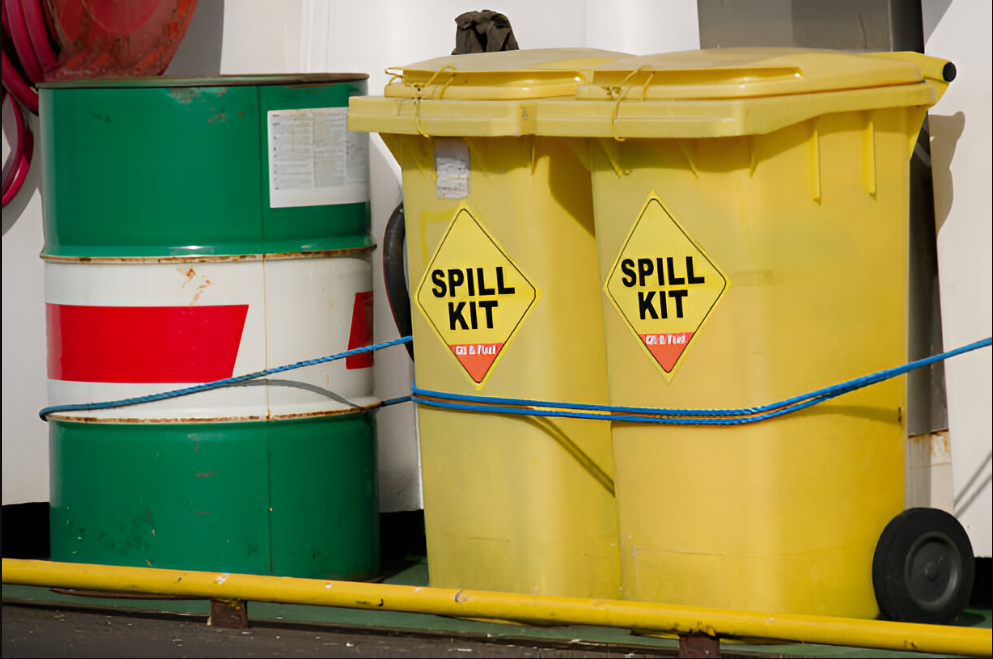


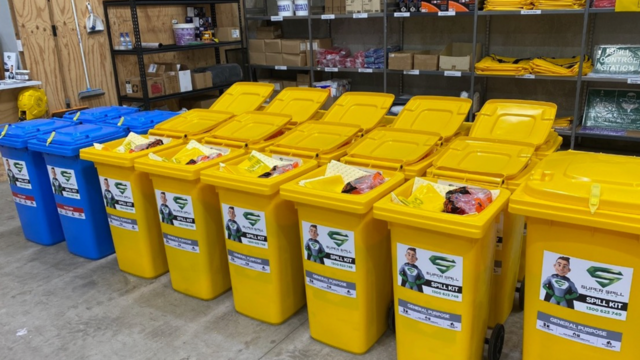
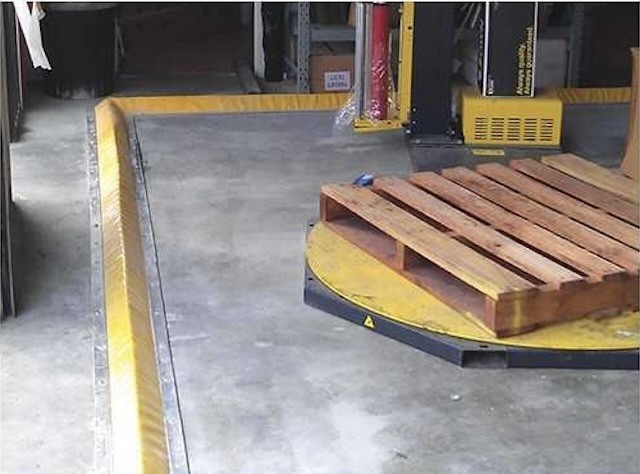
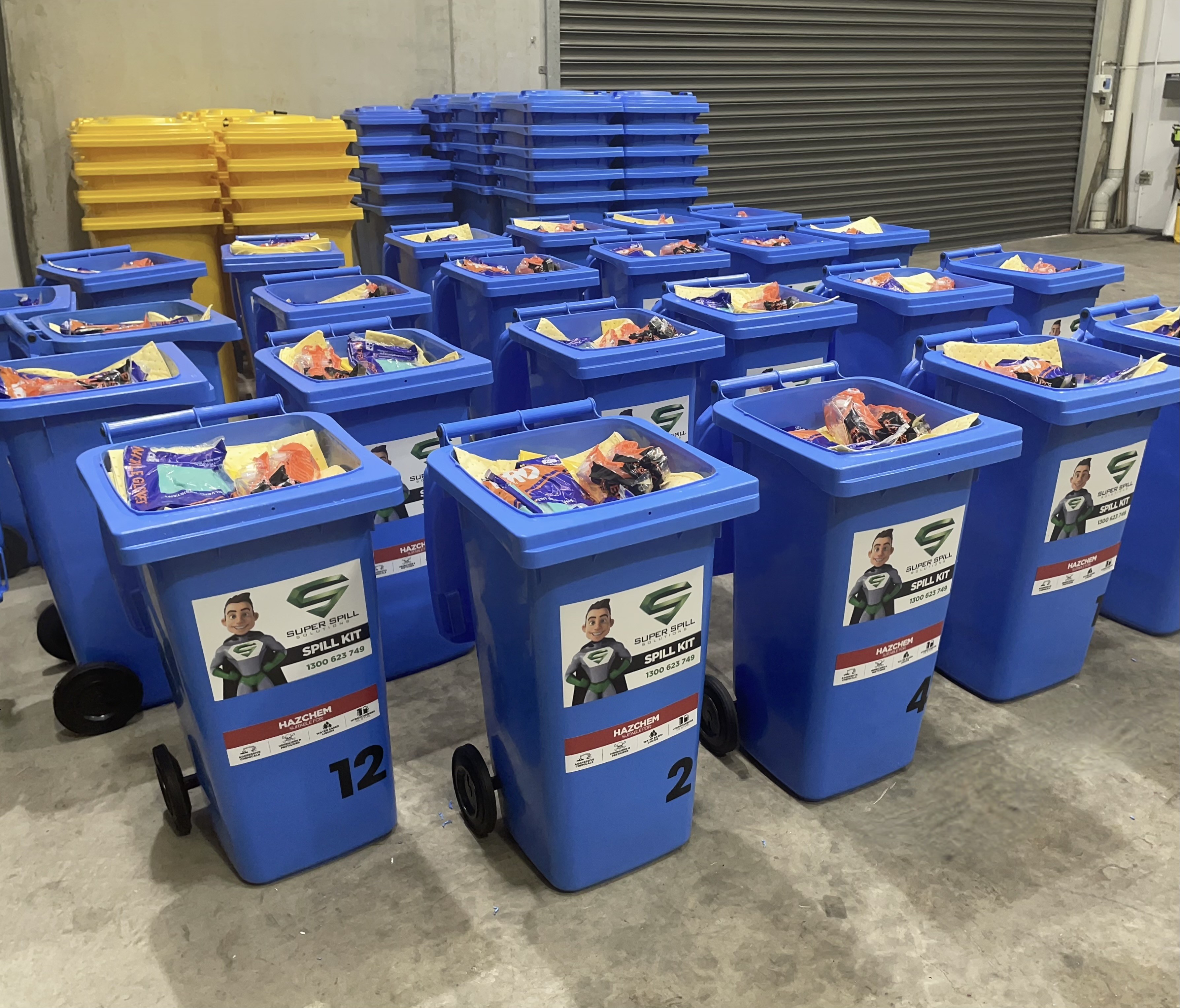
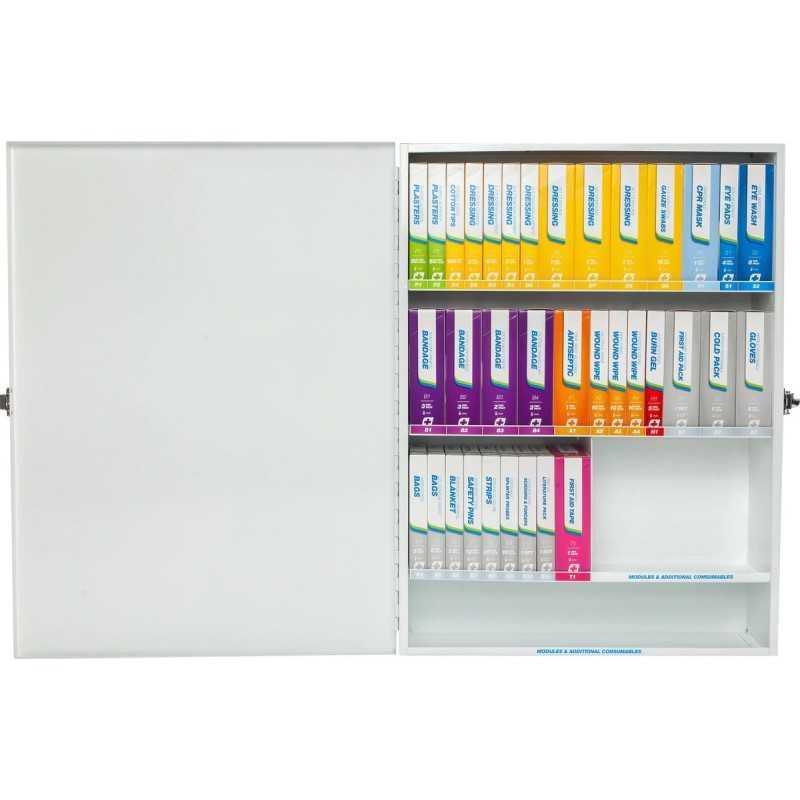
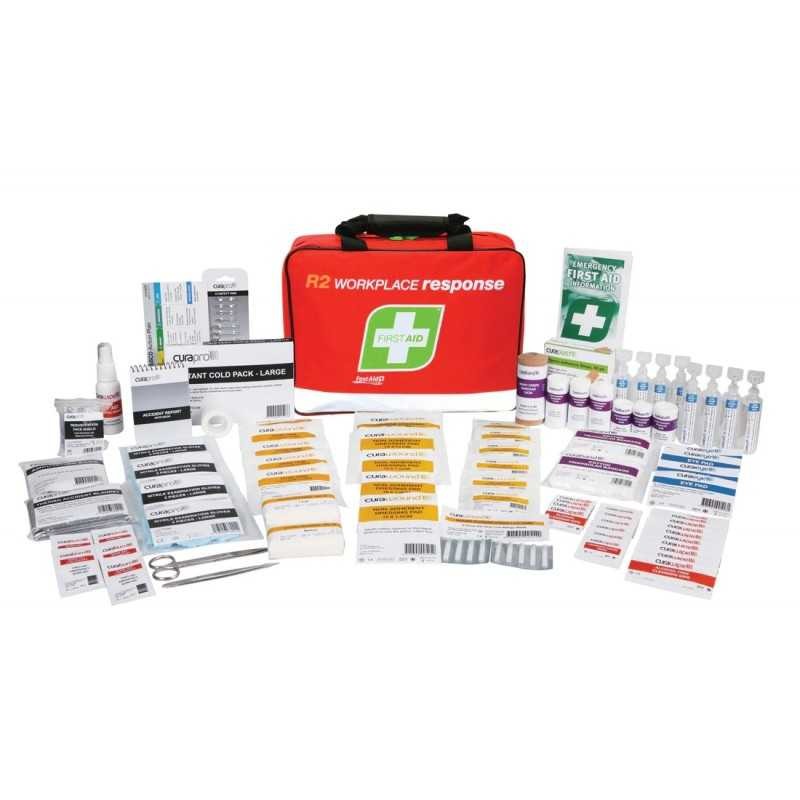
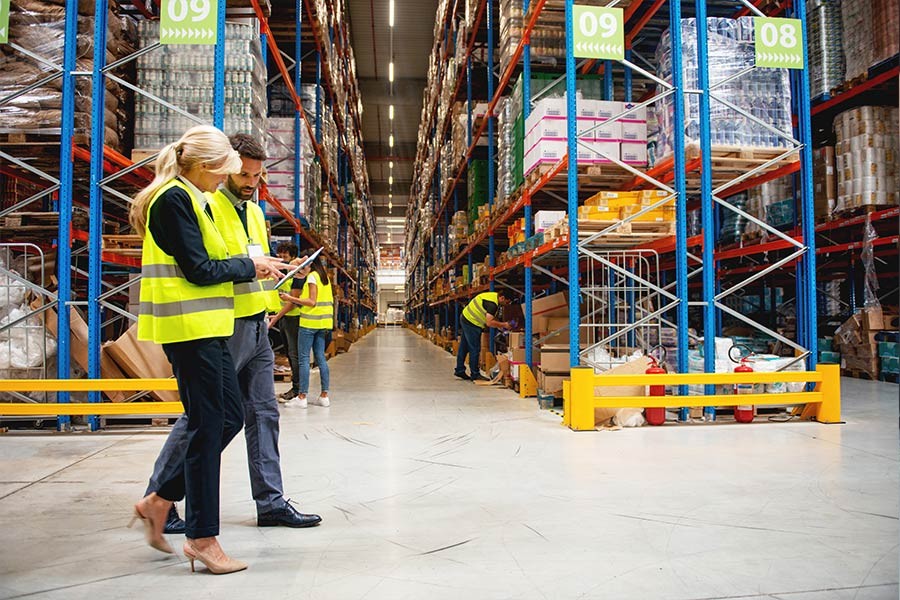
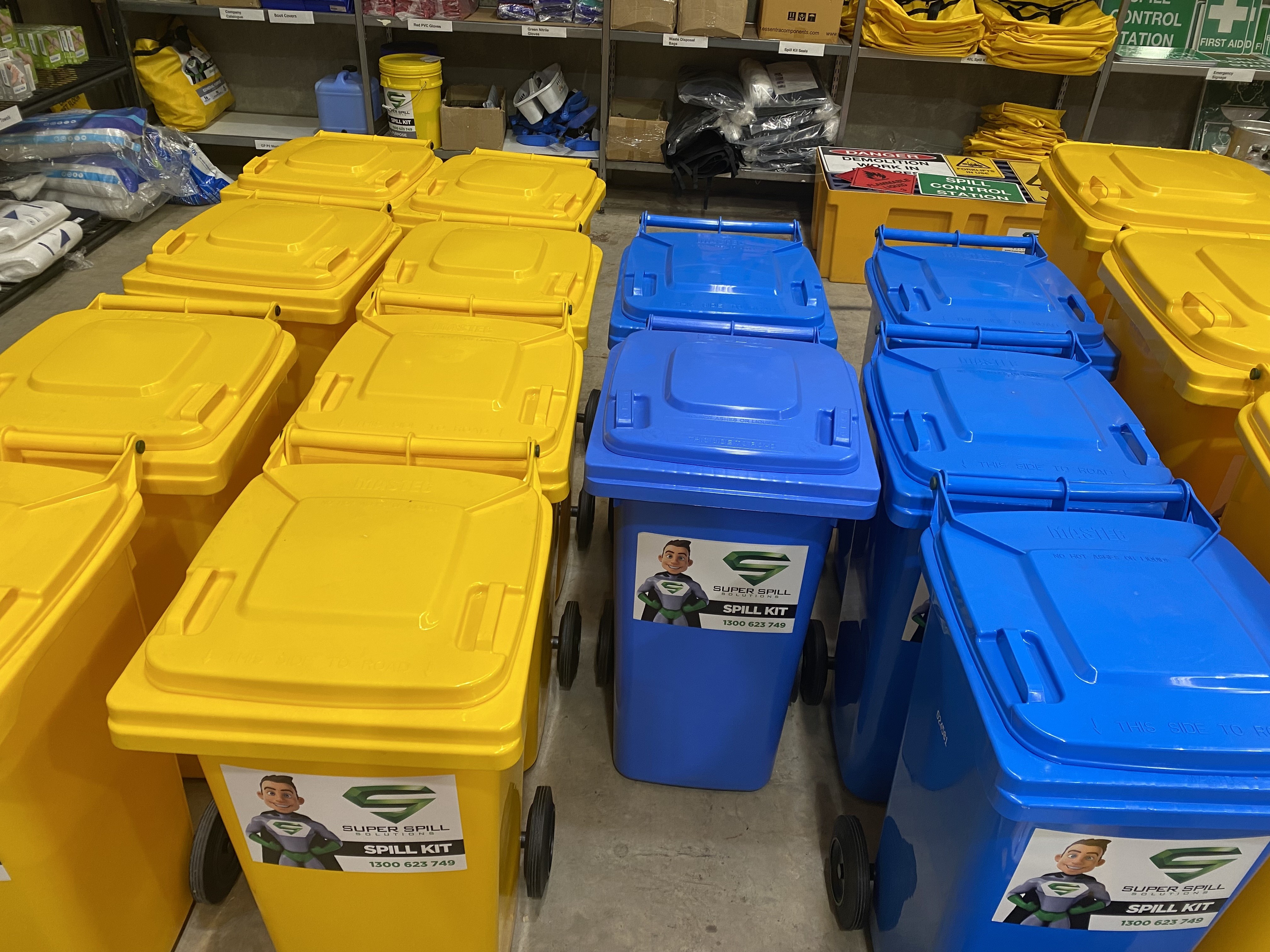
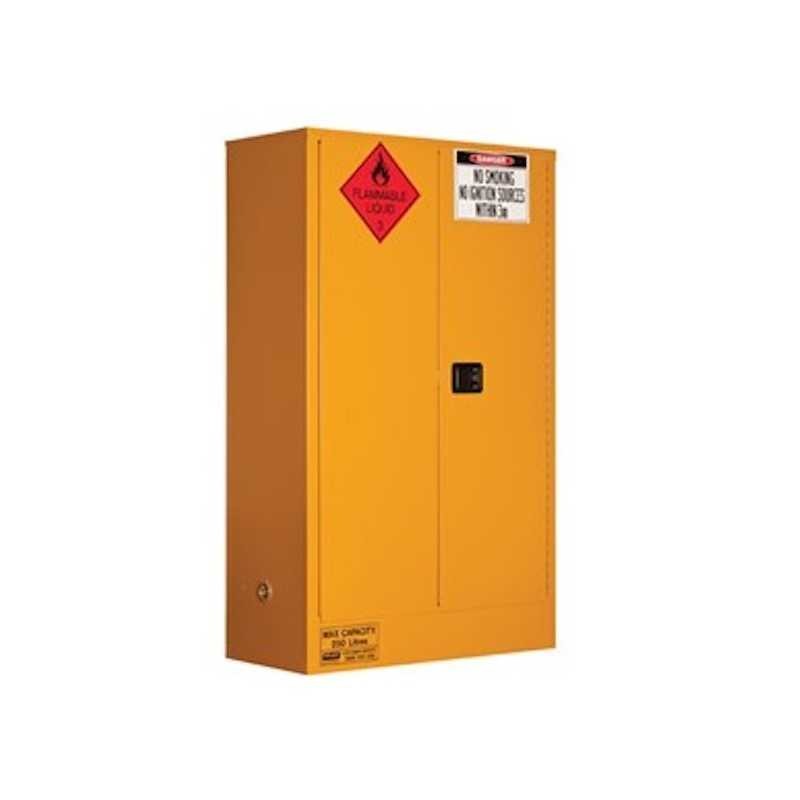
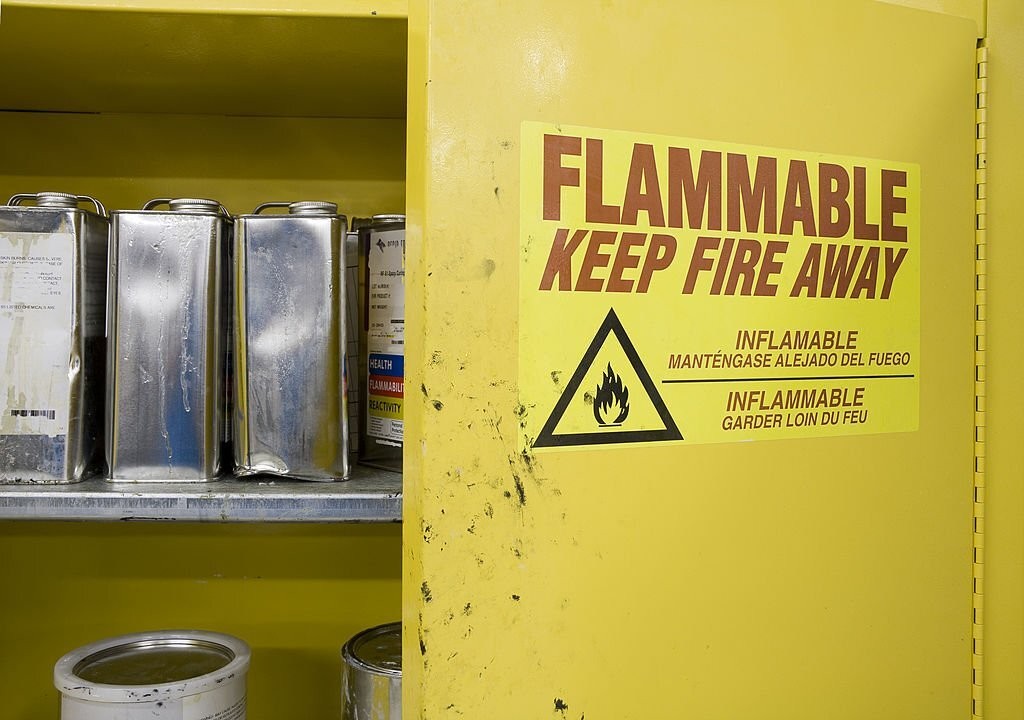
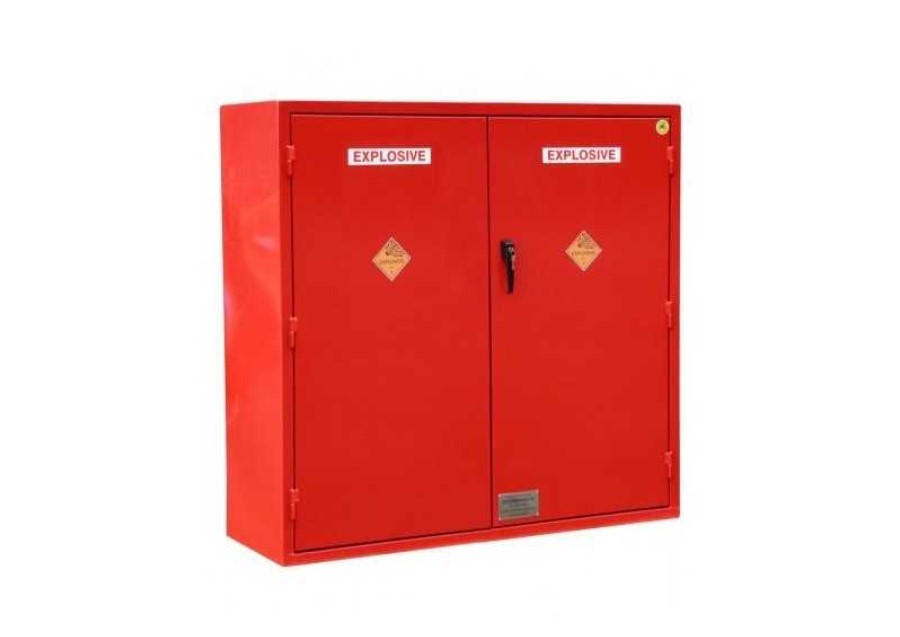
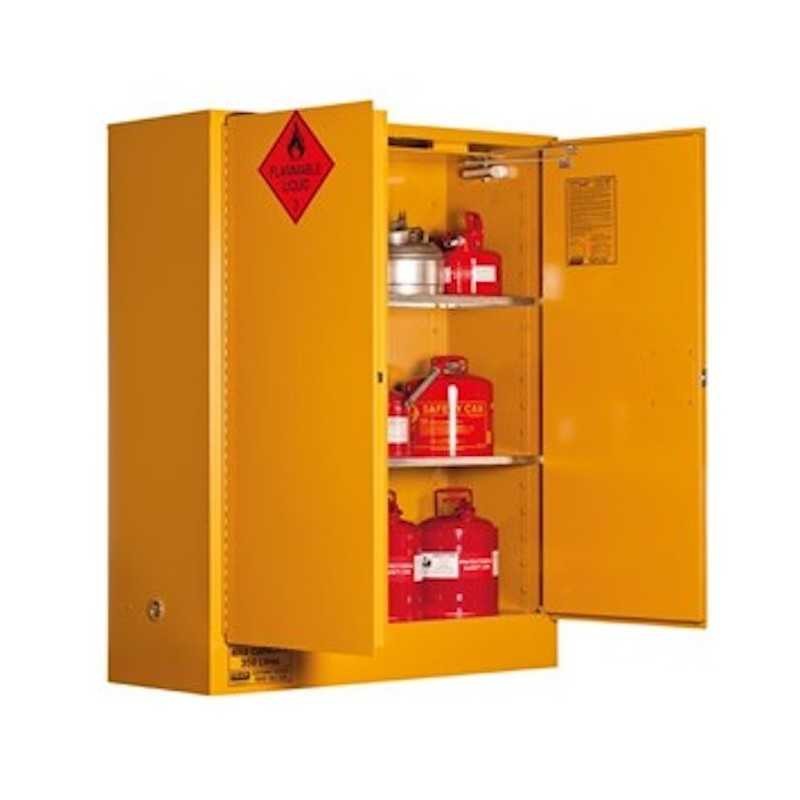
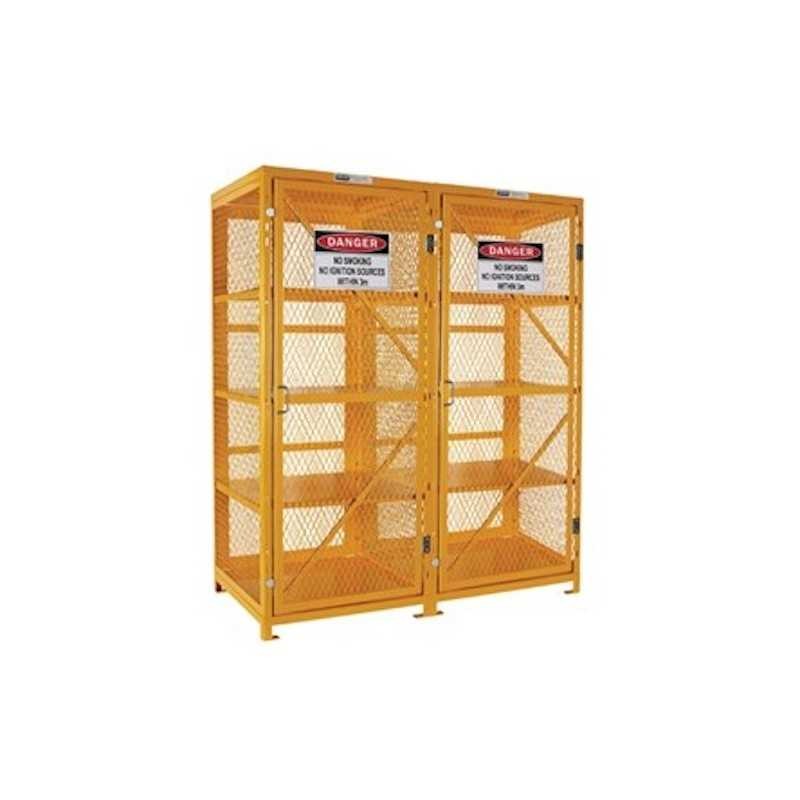
Leave a comment